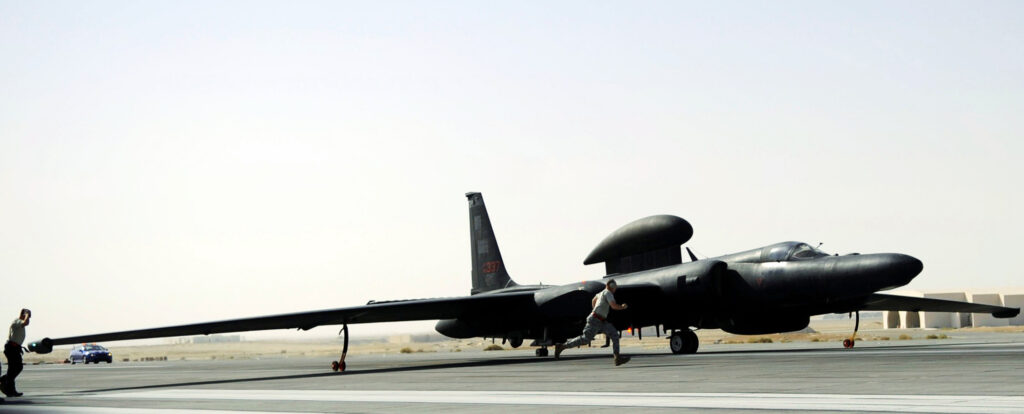Air Force, Riding Budget Boost, Warns On Sequester; U-2 Is BACK!
Posted on
PENTAGON: We won’t know much about it, but protecting America’s military satellites and the data they gather and share is a key target of the 2016 service budget.
Several senior Pentagon budget wallahs declined in the top-level budget briefings today to answer specific questions about the spending levels of what is known as Space Situational Awareness (SSA) and Space Control funding. From conversations with a range of senior Air Force and independent experts over the last three months, it’s clear that substantial money of $1 billion or more is being spent on a range of efforts to guarantee the operation of satellites in a hostile environment.
Expect Congress to be receptive to most space spending because of the threat that senior Pentagon officials say is real and growing fast ever since the Chinese anti-satellite test.
One of the more impressive set of numbers from the 2016 Air Force budget is the five-year Future Year Defense Program (FYDP) spending projected for the Long Range Strike Bomber (LRSB). Funding is planned to double by fiscal 2020 from $1.25 billion in 2016 to $3.79 billion in 2020 for the research, development, test and evaluation (RDT&E) phase. Those public numbers doubtless conceal substantial classified funding for the bombers.
Todd Harrison, defense budget expert at the Center for Strategic and Budgetary Assessments, estimates the research and development of the aircraft should cost up to $25 billion, so there would appear to be a great deal left to spend, unless black funding is filling that up unbeknownst to us.
The fate of the U-2 is, again, up in the air. The Global Hawk Block 30 got retired. But it had congressional friends. Then the U-2 was retired in the 2015 budget. Now its “retirement” is on hold til 2019!
Here’s the rationale offered in Air Force budget documents for the latest decision. It was made “in response to current operational requirements and to reduce risk by aligning U-2 divestitures with anticipated fielding of enhanced RQ-4 Block 30 sensors.”
We reported in September that the-then head of Air Combat Command, Gen. Mike Hostage, was most displeased with the U-2 retirement. Here’s how our Rick Whittle described the situation at the time:
One decision Hostage particularly lamented was the move to retire the venerable, high-flying U-2 spyplane and replace it with RQ-4 Global Hawk drones – even though there aren’t enough Global Hawks yet to provide the same coverage. Keeping the U-2s actually was the Air Force plan until last March, when Secretary Deborah Lee James said that a drop in Global Hawk Block 30 sustainment costs justified the change in plan. It also happens that the Northrop-built Global Hawk has some passionate supporters in Congress, while the last new U-2 was built in 1989. “The politics of it say, ‘Nope, you’re going to buy the Global Hawk and we’re not going to give you any more money to do ISR,” said Hostage. “That leaves me with ‘how do I pay for the remainder of Global Hawk?’” The answer: retire the U-2 — even though it will take eight years for the Global Hawk fleet to provide 90 percent of the capability of manned aircraft, Hostage said. “The combatant commanders are going to suffer for eight years and the best they’re going to get is 90 percent.“
Looks as if Hostage and his successor, Gen. Hawk Carlisle, won this one. And they may have had some help from the regional combatant commanders. At least for now.
Much of the Air Force budget briefing, conducted by Maj. Gen. James Martin, focused on the awful things that would happen if sequestration occurs — as is currently the law. You can understand the service doing its best to make the case for sequestration since they have the most to lose in this budget year. Fiscal 2016 would see the Air Force getting the biggest budget increase of the three budget services (the Marines are, technically, part of the Navy budget). The Air Force request rises by $16 billion, compared to the Navy increase of $11.8 billion. The Army sees a relatively paltry $7 billion rise.
Subscribe to our newsletter
Promotions, new products and sales. Directly to your inbox.

